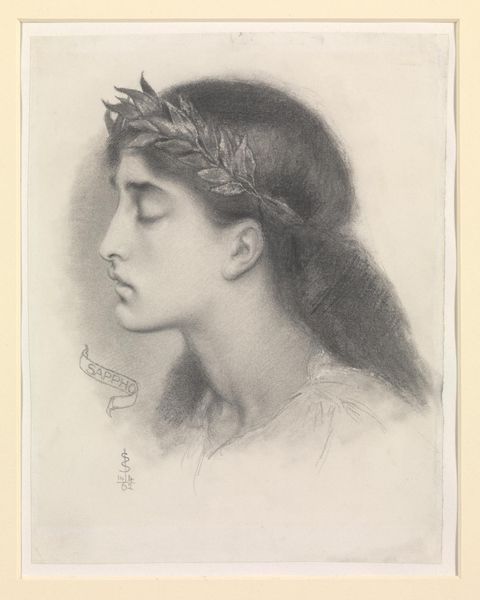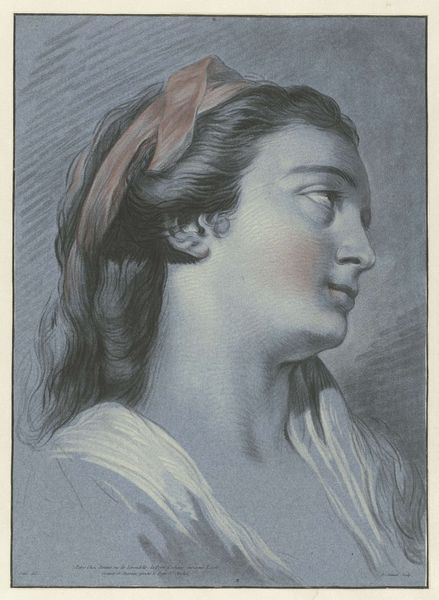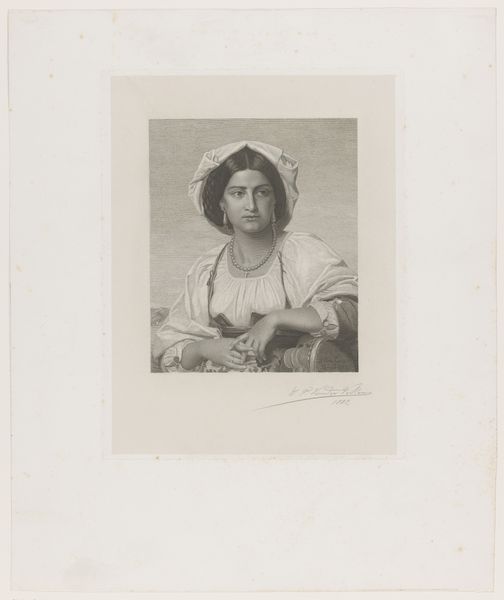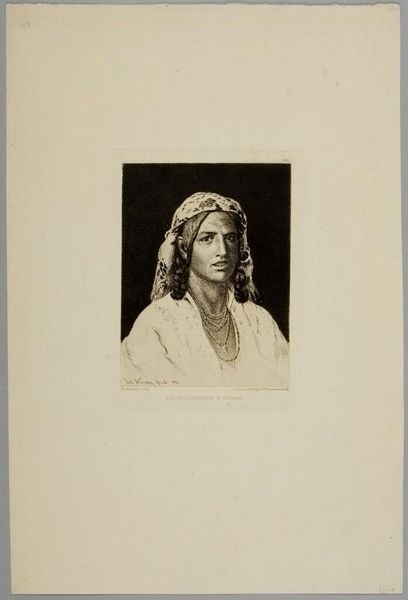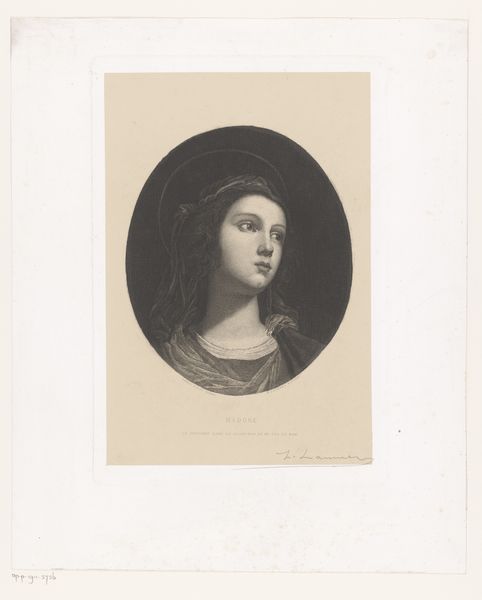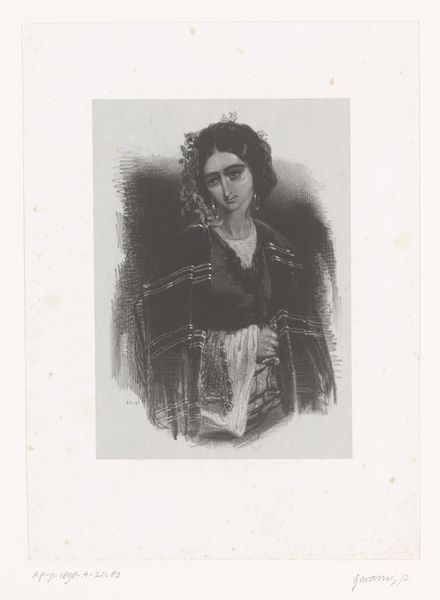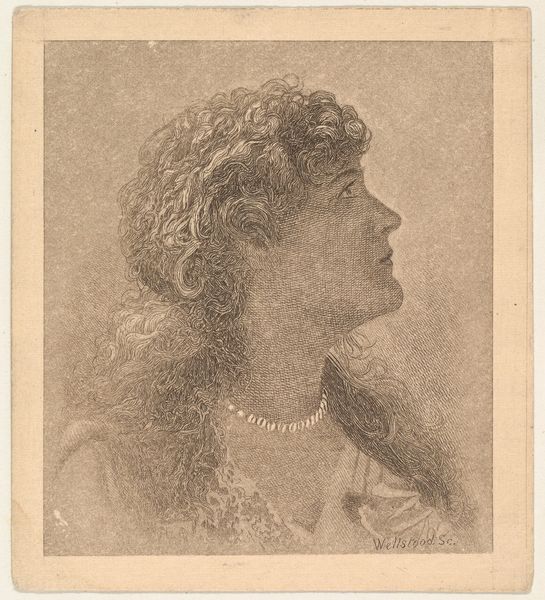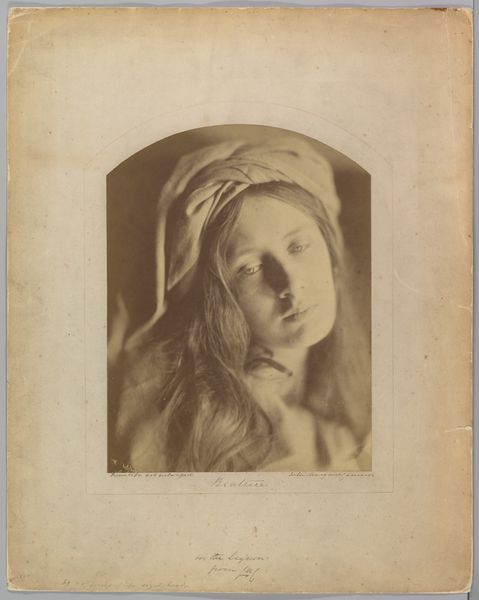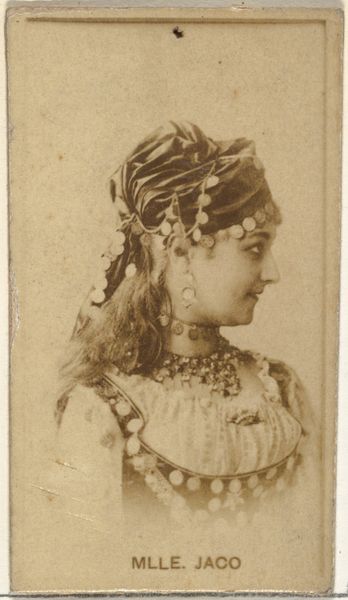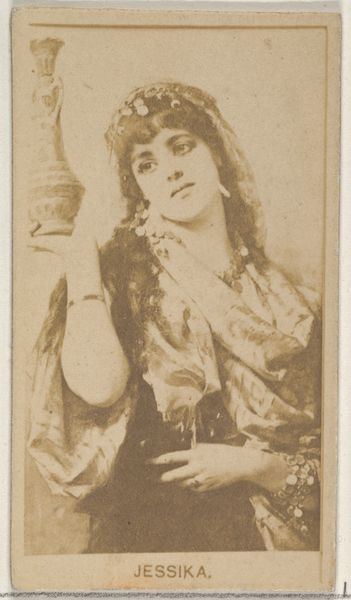
Portret van de actrice Mademoiselle Rachel (Élisabeth Rachel Félix) 1836 - 1841
0:00
0:00
drawing, lithograph, print, paper, ink, graphite
#
portrait
#
drawing
#
self-portrait
#
lithograph
# print
#
figuration
#
paper
#
portrait reference
#
ink
#
romanticism
#
line
#
graphite
#
portrait drawing
#
history-painting
#
academic-art
#
portrait art
#
realism
Dimensions: height 605 mm, width 466 mm
Copyright: Rijks Museum: Open Domain
Editor: This is a lithograph titled "Portret van de actrice Mademoiselle Rachel" by Bernard Romain Julien, created between 1836 and 1841. I’m struck by the artist's careful attention to detail in Rachel's hair. How should we interpret a work like this today? Curator: This lithograph offers us a glimpse into the complex social and cultural landscape of 19th-century France. Rachel, as a prominent actress, was not simply an entertainer; she became a symbol. This portrait, with its classicizing features, engages in a dialogue with notions of beauty, representation, and celebrity. It also participates in constructing a very specific, and idealized image. Does this image challenge or reinforce existing power structures? Editor: That's a great point. I see the idealized features now. In what ways might the portrayal of Rachel be influenced by the male gaze prevalent in the 19th century? Curator: Think about how women, especially those in the public eye, were often portrayed during that era. Were they granted agency, or were they constructed as objects of male desire and control? The artistic choices – the soft lighting, the subdued expression, the classical reference in her attire - all contribute to a reading that’s open for interpretation in that regard. To what extent do you think Rachel, as a performer, had agency in crafting her public persona? Editor: That's a question worth further investigating. I hadn't considered how Rachel's profession played into this depiction. Curator: Exactly. We can start questioning how portraits like this shaped, and were shaped by, societal expectations around gender and performance. This print really embodies intersectional ideas relating to image, performance, and cultural identity. Editor: I’m starting to think differently about this portrait now. There's much more to it than meets the eye. Curator: Indeed. Examining art through this lens enables us to challenge assumptions, spark conversations, and gain deeper insights into the multifaceted layers of historical narratives.
Comments
No comments
Be the first to comment and join the conversation on the ultimate creative platform.

